Configuration Management with Ansible
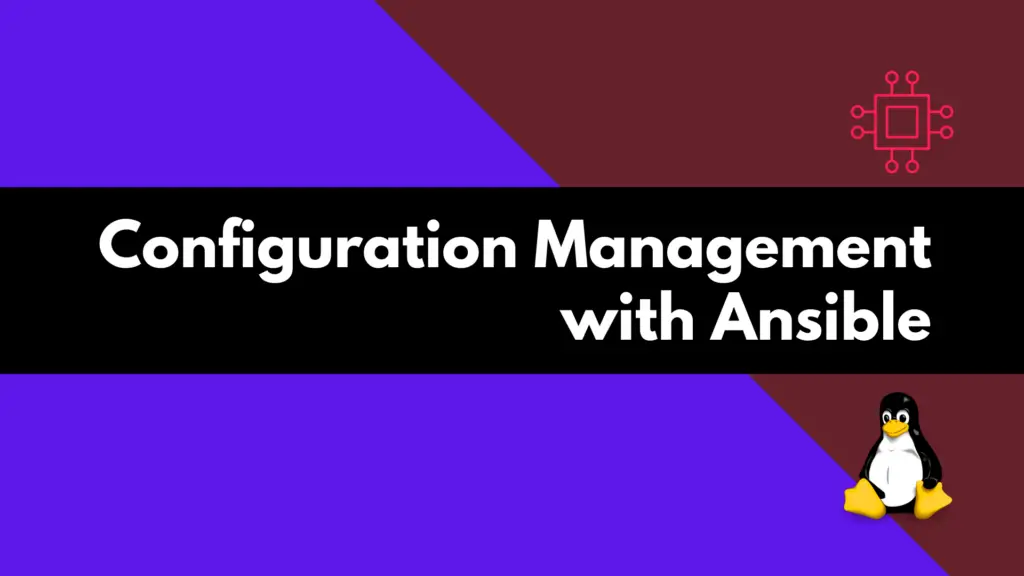
In this article, unlock the potential of configuration management with Ansible as we guide you through practical examples. Table of Contents Introduction In today’s dynamic IT landscape, managing and maintaining the configuration of servers and infrastructure is a critical aspect of ensuring a robust and efficient system. Ansible, an open-source automation tool, has gained widespread […]
How to Use SSH Tunneling on Linux
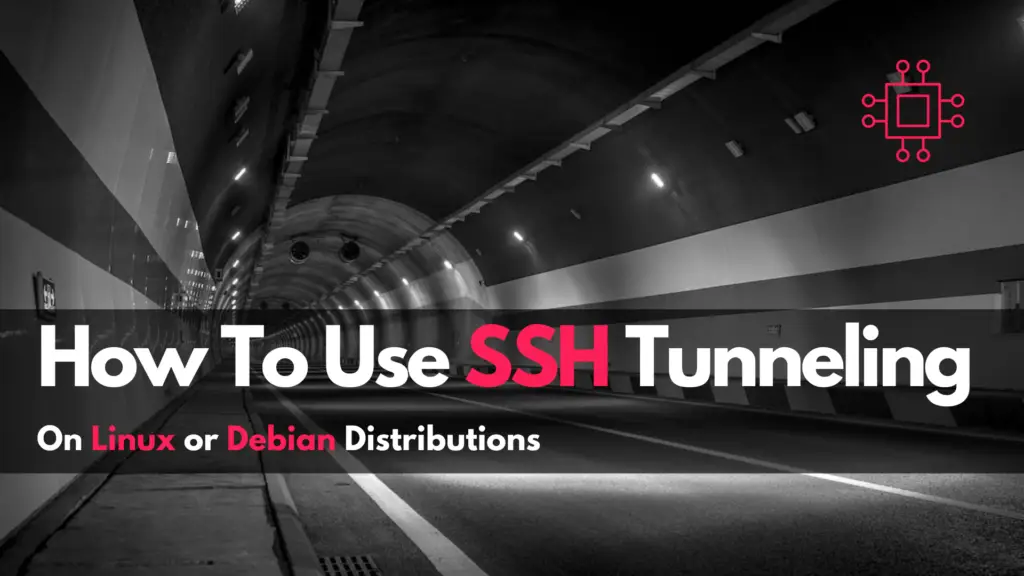
In this article, we will explore how to use SSH tunneling on Linux, as well as, go over some SSH tunneling examples to demonstrate its effectiveness in various use cases. Table of Contents Introduction When it comes to secure networking, SSH (Secure Shell) has long been hailed as a versatile tool. One of its lesser-known […]
Installing and Using Tmux on Linux or Debian Distributions
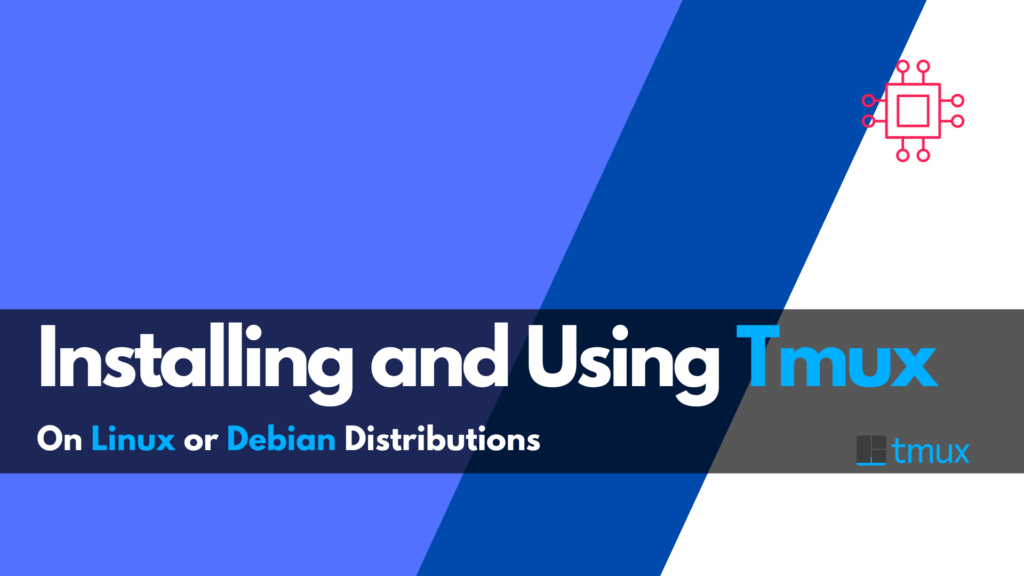
In this article, we will explore the procedure involved with installing and using Tmux on any Linux or Debian-based distribution, empowering you to harness the full potential of this versatile terminal multiplexer. Table of Contents Introduction In the realm of terminal multiplexers, Tmux stands tall as a powerful tool for managing multiple terminal sessions within […]
Streamline IP Address Management with NMCLI Scripts
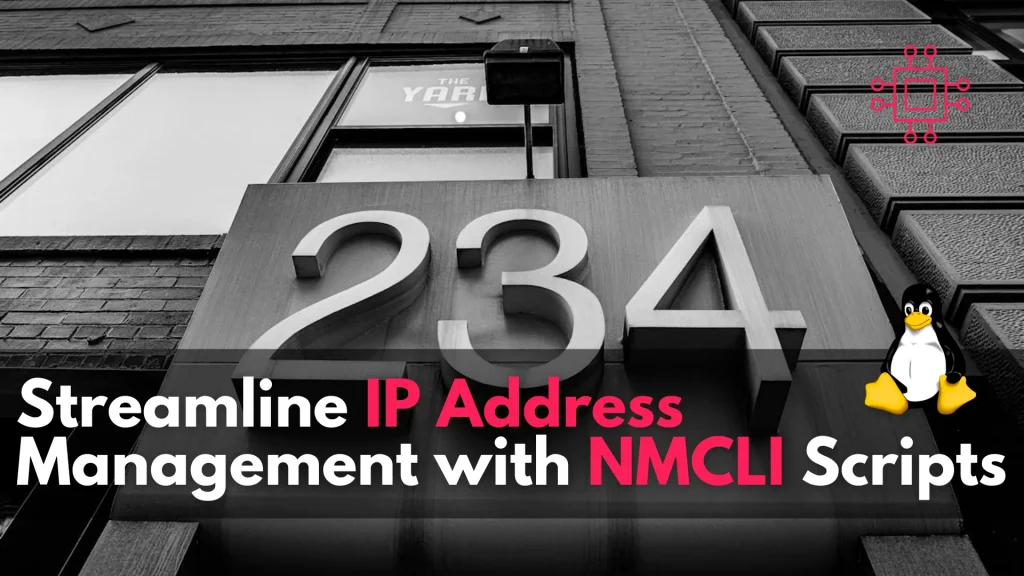
In this post, we’ll explore how NMCLI scripts can streamline IP address management tasks, making network administration smoother and more streamlined. Table of Contents Introduction Managing IP addresses in a network environment can be a tedious and time-consuming task. From assigning static IPs to configuring DHCP settings, network administrators often find themselves grappling with numerous […]
Install WebSphere on RHEL9 or CentOS9

In this article, we will review how to install WebSphere on RHEL9. It will include step-by-step instructions, prerequisites to ensure a smooth installation process, and insights into configuring WebSphere for optimal performance on Red Hat Enterprise Linux 9. Table of Contents Introduction WebSphere, developed by IBM, is a robust and widely used application server that […]
Install a Kubernetes Cluster on RHEL 9 | CentOS 9

Learn how to install a Kubernetes cluster on RHEL 9 | CentOS 9. Explore step-by-step instructions, best practices, and considerations for smooth deployment and operation. Dive into the world of container orchestration with confidence! Table of Contents Introduction Hey there, fellow tech enthusiasts! Are you ready to dive into the world of Kubernetes on Red Hat […]
Automate Updates for your Podman Containers
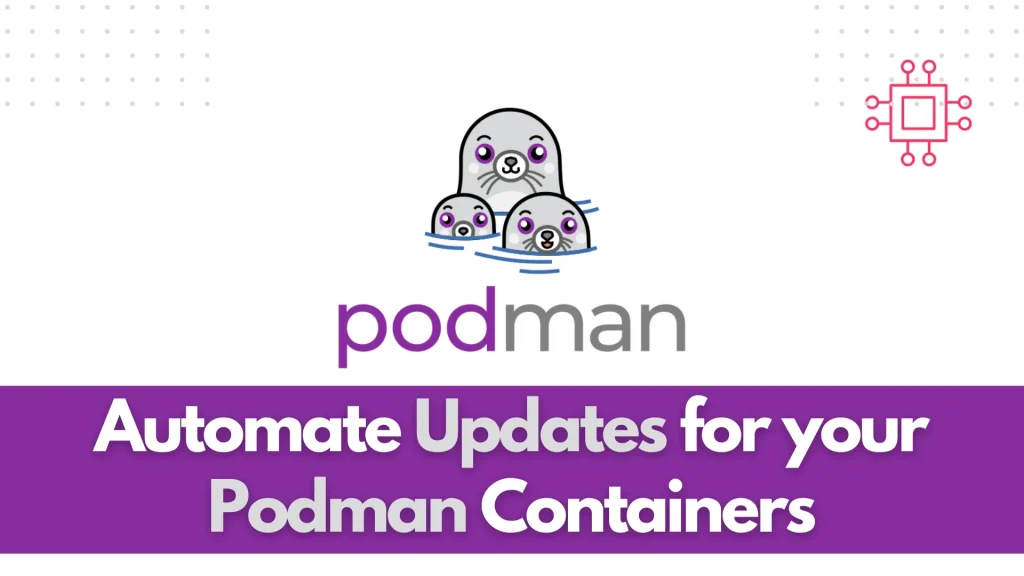
Learn how to effortlessly automate Podman container updates with our complete guide. Say goodbye to manual maintenance tasks and ensure your containers stay up-to-date for optimal performance and security. Dive in now! Table of Contents Introduction Hey there, fellow container enthusiasts! 🐳 Are you tired of manually updating your Podman containers every time there’s a […]
Install GitLab CE on RHEL 9 | CentOS 9
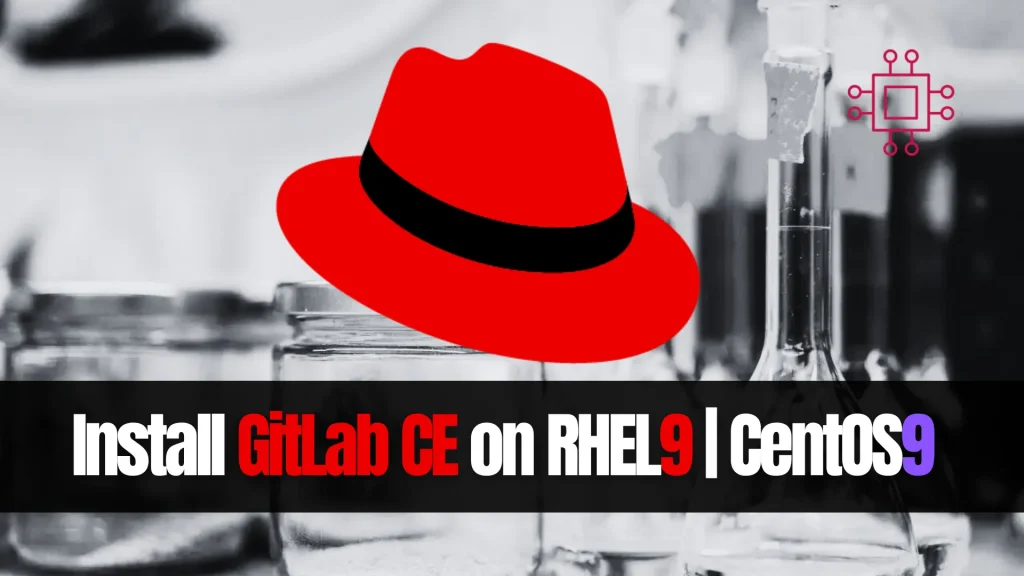
Learn how to effortlessly install GitLab CE on your RHEL 9 or CentOS 9 system with our comprehensive guide. Follow our step-by-step instructions for a smooth setup and unlock the full potential of GitLab’s powerful features for your development projects. Table of Contents Introduction Are you eager to set up GitLab CE on your RHEL […]
10 Major Differences Between Red Hat and Kali Linux
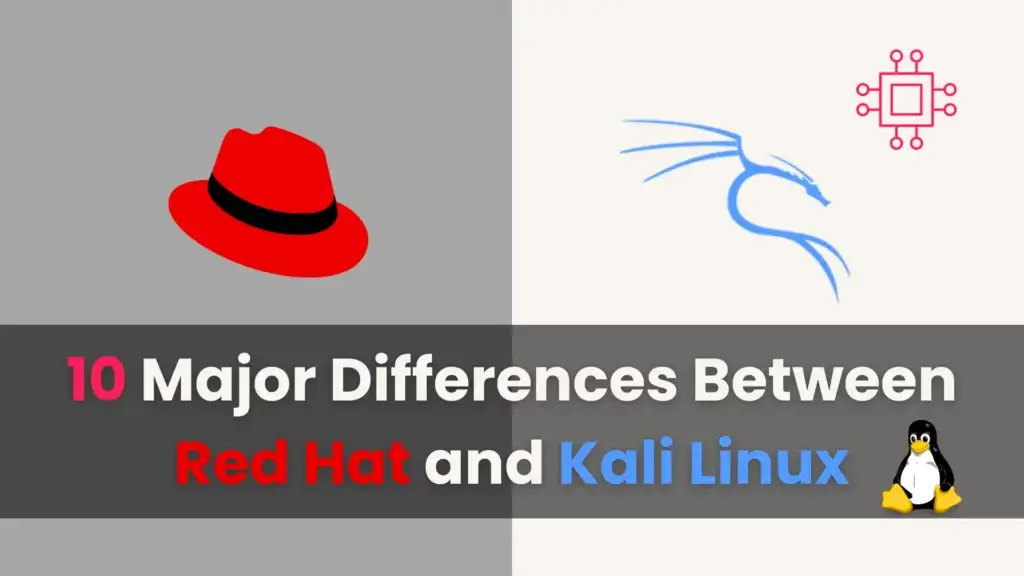
In this blog post, we’ll delve into the 10 major differences between Red Hat and Kali Linux, shedding light on their unique features, use cases, and target audiences. Table of Contents Introduction In the expansive realm of operating systems, the sheer variety of options can often leave users bewildered. Yet, amidst this sea of choices, […]
Install ELK Stack on RHEL9 or CentOS9

This guide aims to equip you with the knowledge needed to install ELK stack on RHEL9 | CentOS9 effortlessly. By following these steps, you can harness the power of Elasticsearch, Logstash, and Kibana to streamline your data management and analysis processes. 💡NOTE: This article covers the most recent releases of Elasticsearch, Logstash, and Kibana, which, […]
